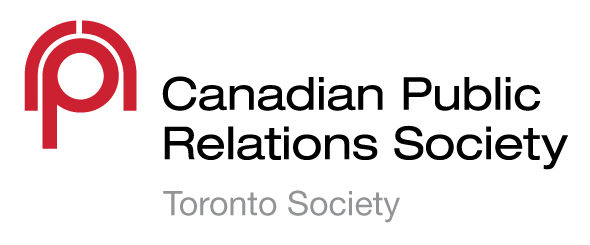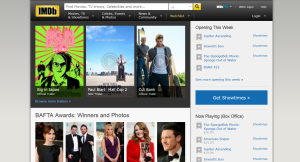Meet your 2014/2015 Student Steering Committee!
Over the next few months, we will be posting profiles of CPRS Toronto’s 2014/2015 Student Steering Committee Student Representatives. Stay tuned for more!
Shamique Bowes, Student Rep
Humber College, Bachelor of Public Relations Program
Deciding to pursue my bachelor degree in public relations has not been easy, as I once took a safe path, in pursuing my diploma in business management. Even though the transition was hard, I have no regrets in following a passion that has brought nothing but a bright future and opportunities n my life.
Where are you from?
I was born in St. Elizabeth, Jamaica and immigrated to Canada in 1992.
What are you most excited for this year?
I simply cannot wait to start participating in upcoming CPRS and CPRS student committee events, such as Passport to PR. This year I hope to sharpen and apply my skills to other organizations such as Speakers Academy; travelling amongst at-risk schools within the GTA and conducting workshops.
Have you interned anywhere?
I have not yet interned anywhere. However I have a vast array of volunteer experience. My most recent and unforgettable experience was volunteering for the NKPR IT Lounge. In the past I had the privilege of volunteering within the marketing communications Sector for the CPRS Ace Awards. Also, being a strong activist for women’s rights I volunteered for IWAA (International Women Achiever Awards), as media relations assistant.
What is your dream job?
With a variety of interests and passion for agency life, I hope to work for an esteemed agency such as NKPR. NKPR continues to be an agency that excels at its craft and delivers perfection.
As motivational speaker Zig Ziglar says, “If you can dream it then you can achieve it.” Even though in awe with this Toronto-based agency, my ultimate goal would be establish my own PR firm.
What do you do outside of school?
When not attending school, working or volunteering, I try to stay active within the theatre community. Besides attending plays, I take classes at Soul Pepper theatre and improvisation classes at the Freedom School of Arts. Being a big yoga buff, you can catch me at Goodlife Fitness attempting the downward dog.
Find Shamique on:
Twitter:@Shambowes
LinkedIn







